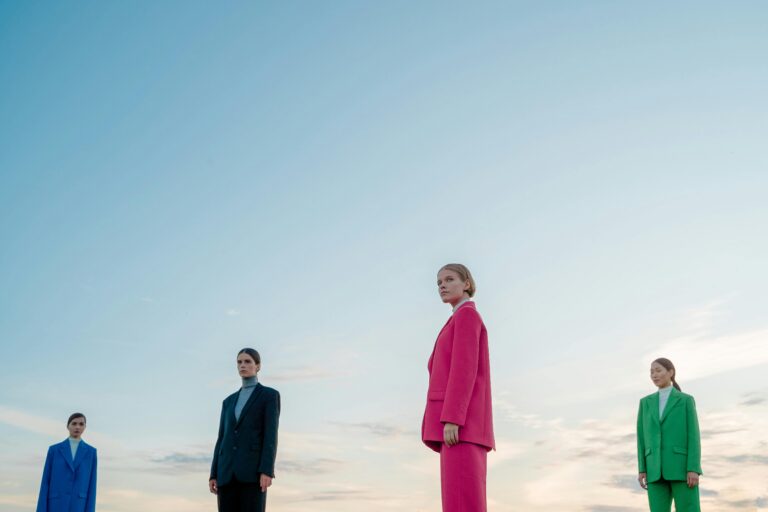What HR still gets wrong about Design Leaders (even after decades)
“How come my HR counterpart still has no idea what I’m actually doing?” – High-level Design Executive
Leaders and Managers in Design functions are still measured and tasked with the same yardstick as their x-functional counterparts in the organization: plan, organize, direct, and control resources to achieve specific goals and carry out the company’s plans. When it comes to controlling resources, it traditionally means controlling people, equipment, and money. This boils down to hire&fire, timekeeping, managing timelines and absences, writing performance reviews, and managing expenses.
But there is one intangible resource that is much harder to quantify even though all product-based brands rely on it: Creativity.
Great design leaders know how to harness and amplify creativity by cultivating a diverse team and culture, a sense of safety, collaboration, and competition, in which every designer is challenged and thrives. Most major brands work 12-18 months into the future, so they have to be visionaries too. They are sponges and filters inspired by societal, brand, cultural, and x-cultural influences to generate a clear point of view in service to the brand.
Having a clear Point Of View and Brand Identity is how brands become and stay relevant. That’s why Burberry looks like Burberry even when the creative leadership changes. This is how Gucci achieved its brand pivot and reclaim its status as one of the most coveted fashion brands in the world today. This is how IKEA products always look like IKEA even though they produce a wide variety of products with a team of close to 40 designers.
In my first paid job, I was one of three designers at a small wannabe skate and snowboard company north of Munich, Germany. Design leadership was nonexistent. There was no brand identity. No creative direction. No seasonal, color, or material direction. Everyone just did whatever they wanted to do. There was no red thread, no cohesion, no constructive criticism, no teamwork, and nothing made sense. What was also missing was company spirit, drive, and financial success. The company is still alive – just forever lives in obscurity.
After two years of learning all that I could from that experience, I scored a job as designer at adidas’s HQ in Herzogenaurach, Germany. The difference in design quality, culture, and leadership could not have been more drastic. The Head of Design was loud, flamboyant, and passionate about design, fashion, and his team. He fiercely protected us and ensured we had the resources to succeed. He had a clear vision and was a genius in assembling a diverse team of talented and hungry designers, which created a team atmosphere that was fun, creative, and challenging at the same time. He made sure we had clear creative & seasonal directions, including material and color palettes which gave us the territory in which to play. We were all learning together, pushing ourselves and the boundaries of what was possible. We had the freedom and agency to work with our business counterparts to experiment and push designs that were innovative, unique, brand-right, and cherished by customers. And we crossed the million-dollar gross profit mark for apparel during my tenure there.
This is what GREAT Design Leadership will do. This is what is at stake.
Great design leaders are brand stewards and shepherds at the same time.
The design department is the heart and lifeblood of every product-based brand. Their contribution is vital for the brand and the bottom line.
It is about time that brands invest some time and energy to understand the department of people who wear strange outfits, and use more nuanced metrics for success a little bit better.
- What’s their process, and how do they work – beyond the pretty sketch you see?
- Partner with Design to find ways to measure, track and validate the intangible: Their creativity and ability to harness it to design financially successful product.
- Identify high potentials and emerging design leaders and invest in their leadership abilities.
Investing in the growth of high-potential design talent and emerging design leaders is a long-term strategy benefitting the heart and soul of your brand. And it yields short-term benefits.
Investing in the growth of design and design leadership will create a strong brand culture that can spill over into other functions and is vital for long-term success and the health of your bottom line.
Click here to learn more about how to invest in and grow your high-potential designers into inspiring leaders.





